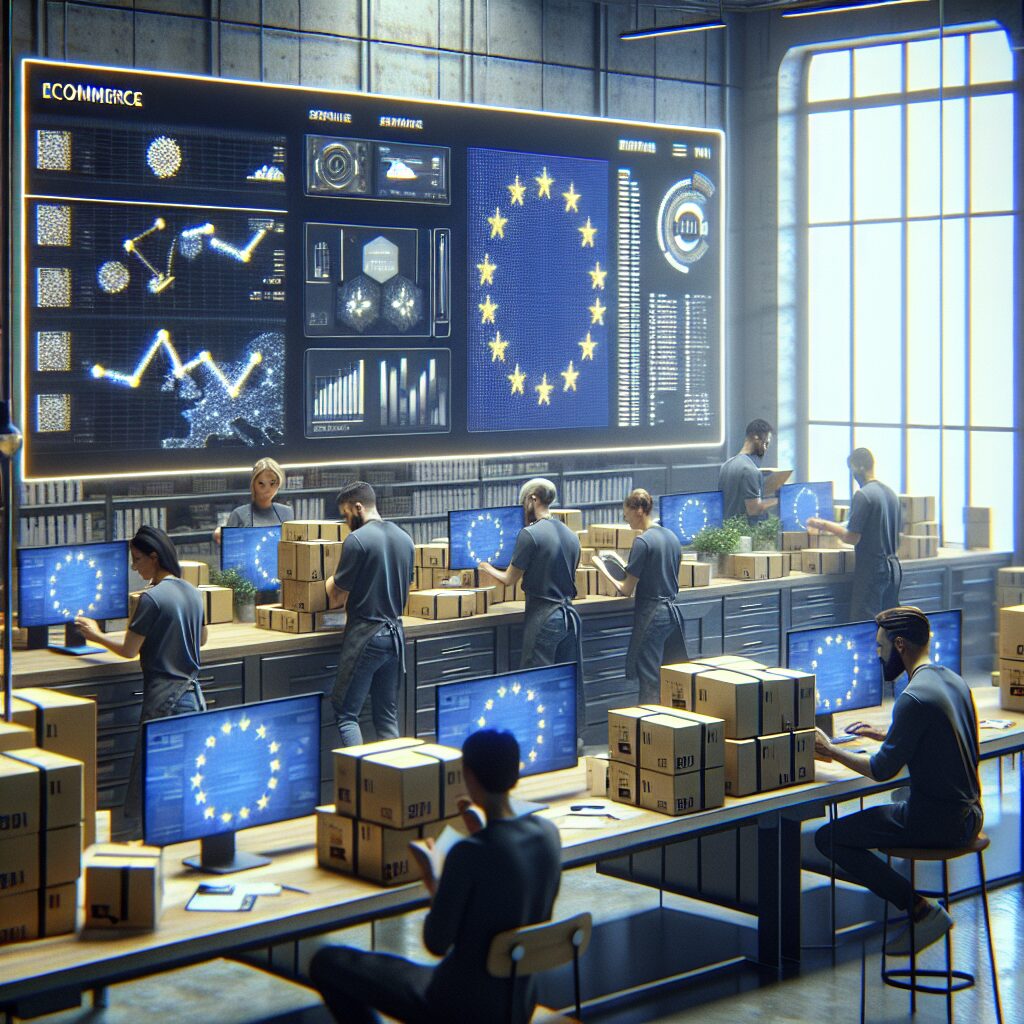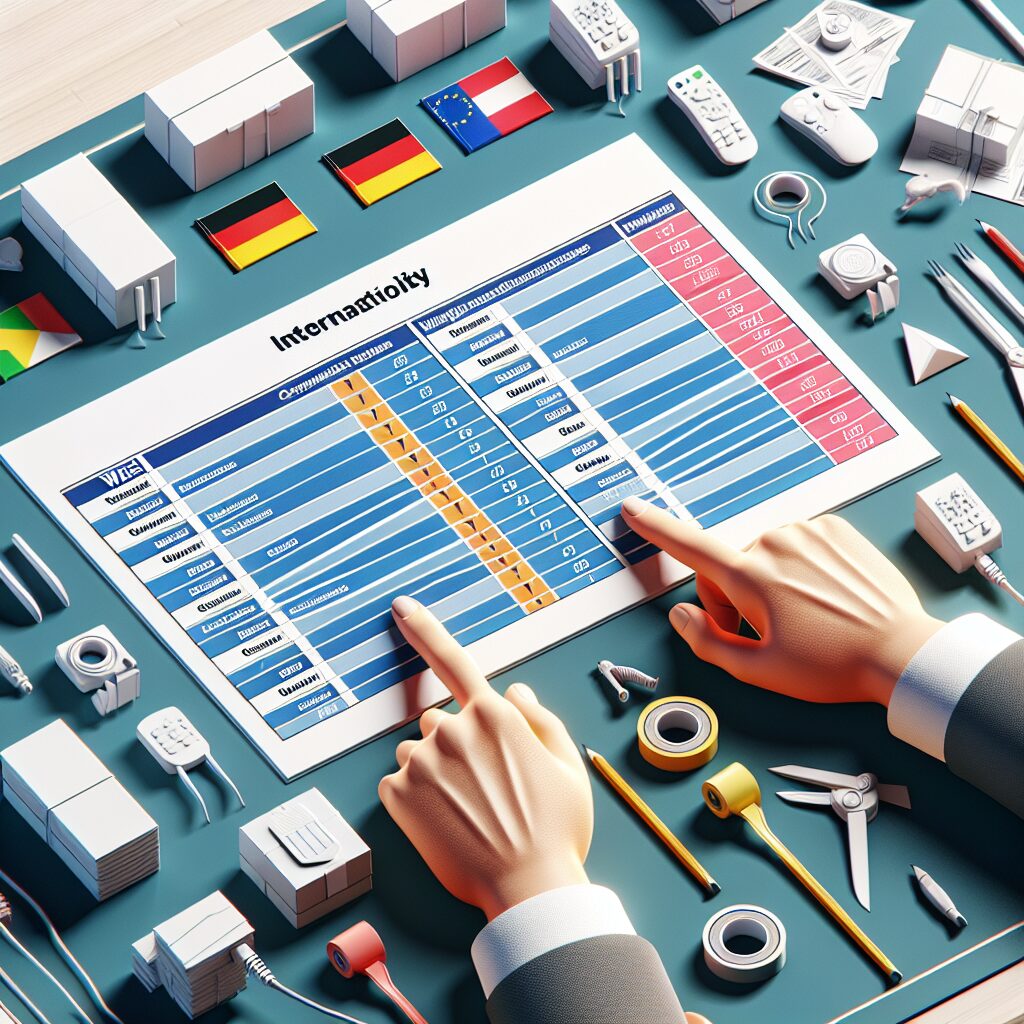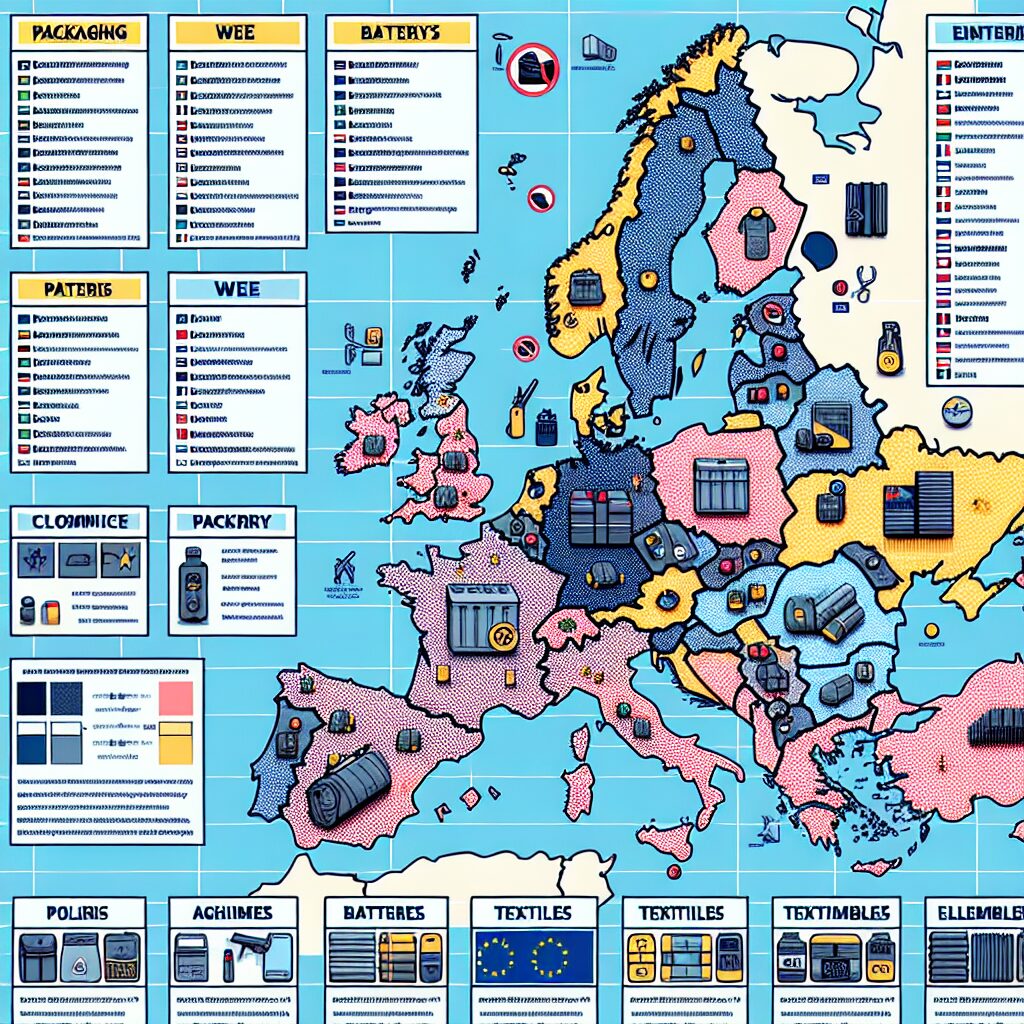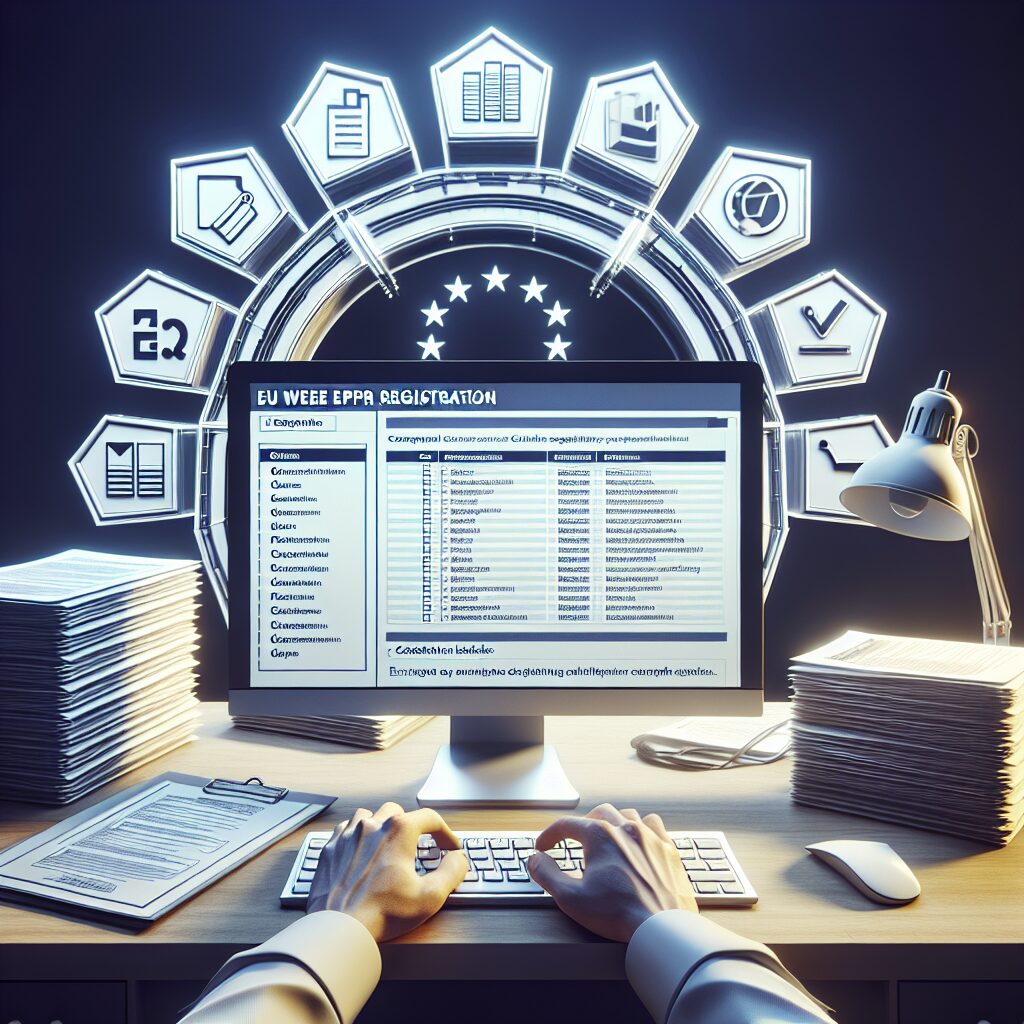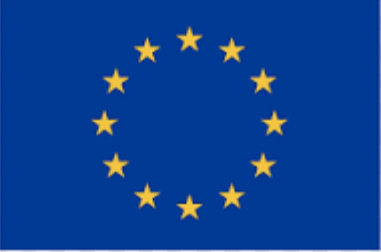About eldris
Epr.eldris.ai leads the EPR sector, in fast, automated, AI Agent EU Complaince. LUCID Packaging, WEEE, and Battery Compliance for Brands, E-Commerce and Service based businesses expanding into the EU.
In This Article
- EU product compliance is mandatory for selling in Europe and directly affects time-to-market.
- Delays in EPR or WEEE registrations can result in product bans and revenue loss.
- AI automation significantly reduces approval times while improving accuracy.
- Specialist platforms can fast-track registrations across multiple EU countries.
- Amazon requires WEEE numbers before listings go live—readiness is essential.
- Documentation must be prepared early and customised by country requirements.
- Success stories prove compliance can be a strategic asset, not a burden.
- Choose compliance partners wisely—technology and foresight are key traits.
- Emerging EU regulatory trends will impact all e-commerce sellers—stay adaptive.
Why Fast EU Product Compliance Matters
Time-to-Market vs. Certification Delays
EU product compliance has become a critical determinant of success for businesses expanding into European markets. With regulatory frameworks like EPR (Extended Producer Responsibility) and WEEE (Waste Electrical and Electronic Equipment Directive) firmly in place, companies must navigate a complex certification maze to sell legally in the EU. The faster a product receives its compliance documentation, the sooner it can reach the market — a significant competitive advantage. Delays in conformity assessments not only stall revenue but may also lead to de-listings from major platforms like Amazon or eBay.
Sellers often underestimate the time required for certifications, only to face frustration when their products are held back at EU customs or when marketplace algorithms penalise them for non-compliance. As digital shelf competition intensifies, regulatory adherence must be seen not as an administrative task, but as a growth accelerator. Hence, speed and accuracy in compliance are no longer optional—they’re mission-critical. Whether you’re launching new SKUs or scaling existing catalogues, achieving rapid EU product compliance gives you the agility to adapt to dynamic consumer demand and regulatory shifts.
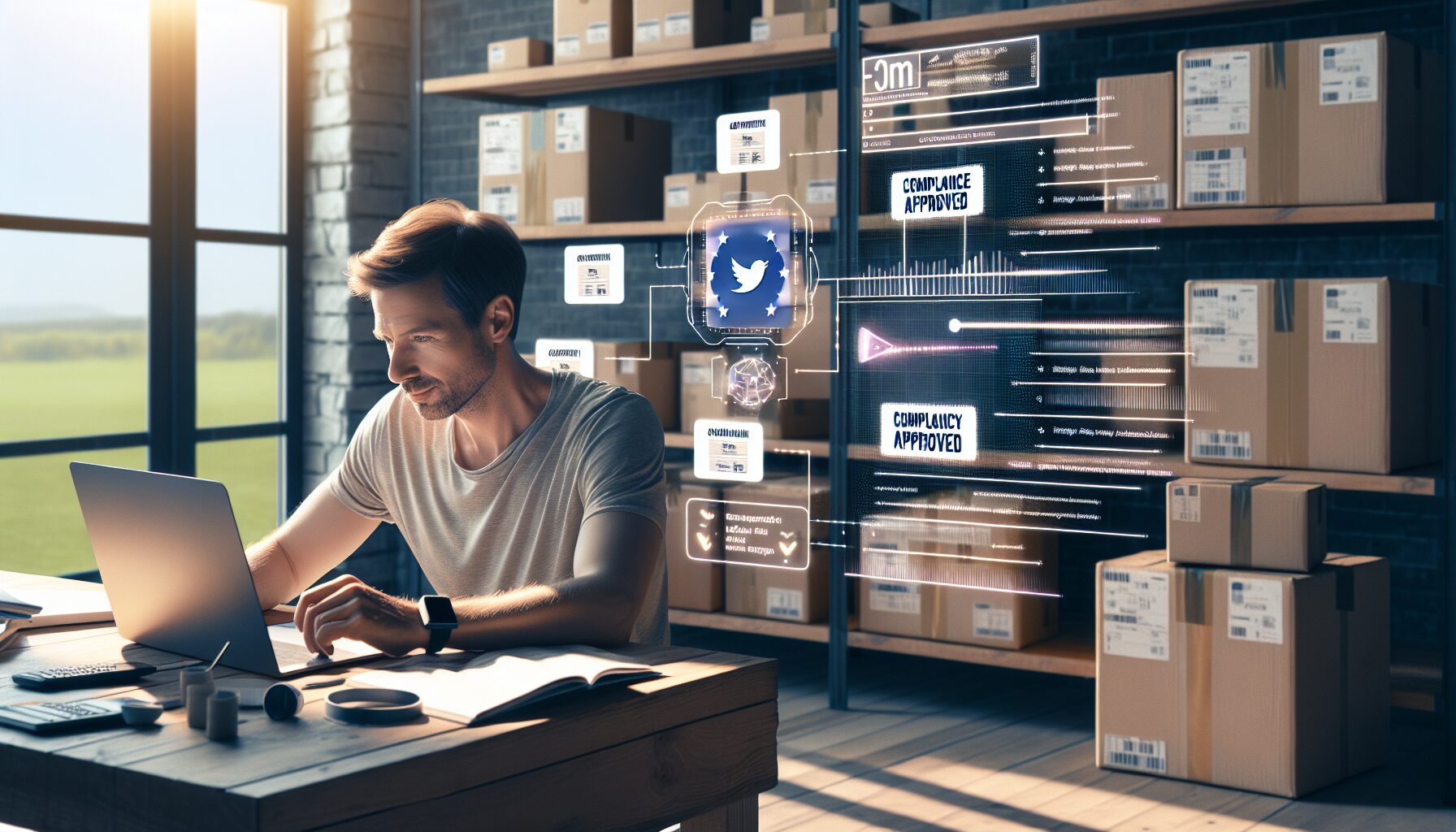
Understanding EPR and WEEE Requirements
Defining Core EU Compliance Regulations
To properly navigate EU product compliance, sellers must grasp the two cornerstone frameworks—EPR and WEEE. Extended Producer Responsibility is a policy approach where producers are held accountable for the entire lifecycle of their products, especially concerning disposal. If you’re selling in countries like Germany, France, or Austria, EPR registration is not a choice; it’s mandatory. This includes registering packaging, batteries, and electronic components.
On the other hand, WEEE addresses the recycling and environmentally safe disposal of electronic devices. Any business selling electrical or electronic equipment in the EU must register under WEEE to ensure proper take-back schemes are in place. Registration must occur with authorised national bodies, which can vary greatly in complexity. Both EPR and WEEE require unique identification codes (UIDs) that marketplaces demand before allowing product listings to go live.
The intricacies of these frameworks often overwhelm newcomers. However, with clear documentation, early planning, and expert help, these obligations can be turned into manageable milestones en route to compliance. The key is to approach them proactively, not reactively. Failing to do so risks significant delays in entering the European market, brand damage, or non-compliance fines.
The Cost of Compliance Delays for Sellers
Marketplace Impact and Sales Consequences
Delaying EU product compliance can significantly erode sales performance and profitability. Online platforms like Amazon, Zalando, and Otto are intensifying enforcement of regulatory requirements. For instance, failure to provide valid EPR numbers or WEEE registration could result in product deactivation, account suspension, or blocking of disbursement payments. The timing of compliance activities is absolutely key; even a two-week delay can disrupt seasonal launches or peak shopping periods.
Beyond platform sanctions, late compliance jeopardises customer trust. Imagine a product going viral on social media only to be withheld from sale due to an overlooked registration. That lost momentum may never be recovered. Additionally, regulatory bodies in countries such as France or Germany can issue fines ranging from hundreds to tens of thousands of euros, depending on the scope of the infraction. Reputation loss combines with financial penalties, compounding the total cost of inaction.
Start-ups and SMEs often feel this impact more severely, lacking the margin cushion or legal teams that larger competitors possess. Hence, embedding compliance early into go-to-market strategies not only mitigates risk but also unlocks value. In an omnichannel retail environment, regulatory readiness is a silent—but powerful—differentiator.
The Role of AI in Accelerating Product Approvals
From Manual Bottlenecks to Automation Excellence
Artificial Intelligence (AI) is transforming how quickly businesses can achieve EU product compliance. Traditional methods often involve contacting government bodies manually, deciphering country-specific legislation unaided, and submitting forms that are prone to rejection due to trivial errors. AI systems now help automate these tasks by instantly extracting necessary data from product documentation, verifying technical specifications, and mapping them to EU regulatory requirements.
AI-driven platforms can pre-validate a product for multiple directives—such as RoHS, CE marking, or REACH—before submission. This automation is reducing average approval times from weeks to just days. Machine learning algorithms also alert businesses to missing data points or anticipate upcoming regulation changes, allowing sellers to stay ahead of the curve rather than play catch-up. Moreover, multilanguage support offered by such systems eliminates translation dependencies, expediting the application process across diverse EU jurisdictions.
Digital transformation in compliance isn’t merely a trend – it’s the new standard of operational efficiency. Sellers using AI enjoy fewer rejections, quicker entries into EU marketplaces, and streamlined audit readiness. It’s about eliminating friction across every stage of the compliance journey. Integrating smart automation is now a must for any business intent on scaling quickly in Europe.
Fast-Track Solutions for EPR Registration
How Specialized Platforms Speed Up Onboarding
Specialised compliance platforms have emerged as powerful catalysts for fast EPR and WEEE registration. These platforms streamline the bureaucratic workload, enabling sellers to register in multiple countries simultaneously using modular workflows. What once took weeks of consultant back-and-forth can now often be completed in under 48 hours.
For example, leading providers offer dashboard-based registration management where sellers can upload packaging data or product specifications once and reuse them across formats required by different national authorities. Automated translation, notification alerts, and document validation tools reduce administrative friction and human error. Many marketplaces also integrate directly with such platforms, enabling near real-time verification of UID validity before a product is live.
By avoiding fragmented communications with regulators and relying on pre-configured templates, sellers save significant time and cost. Educated guidance within such tools serves as an in-built tutor, lowering the learning curve for newcomers. Embracing fast-track tools is, therefore, not just time-saving—it’s becoming foundational to staying compliant at speed. Learn more about Scaling EU E-Commerce with Seamless Compliance
WEEE Registration and Amazon Selling Readiness
Checklist to Launch Faster in Europe
Amazon and other leading marketplaces have made WEEE registration a precondition for listing electronic goods in many EU markets. To reduce friction and ensure a smooth launch experience, every seller must follow a strict readiness checklist. Here’s what that should typically include:
- Identify countries where your product(s) will be sold and their WEEE requirements
- Register with national producer responsibility organisations (PROs)
- Obtain and submit WEEE registration numbers to Amazon
- Verify if packaging used is also subject to EPR regulations
- Prepare take-back or recycling plans if mandated
- Submit declarations of weight, materials, and disposal categories
- Maintain ongoing compliance documentation, including transaction records
Amazon enforces strict deadlines and periodic audits. Not having accurate WEEE credentials can result in shadow-banning or suspension of listings. Additionally, your seller reputation score may dip, affecting Buy Box eligibility. Thus, using assisted compliance tools or hiring experts for local representation (where required) ensures peace of mind and continuity of revenue. Reducing time-to-shelf starts with being WEEE-ready. Meeting EU product rules for market entry
Best Practices for EU Certification Preparation
Documentation, Formats, and Submission Timing
A proactive approach to document preparation is crucial for accelerating EU product compliance. First, ensure you have an updated Declaration of Conformity (DoC) for each regulated product. This includes information about the product, the legislation it complies with, and details of the notified body involved (if applicable). Second, retain technical files, user manuals, and product testing reports in commonly accepted formats such as PDF, XLS, or CSV to ensure compatibility with various regulatory portals.
Timing is essential. Many sellers delay document submission until product launch is imminent, only to discover that regulatory bodies have backlogs in processing. Submit documentation early—ideally during late-stage product development—to allow for validation and amendments. Using a centralised repository helps streamline team coordination and auditing. Back-up copies should be reinforced with timestamps for potential review by EU compliance officers. Finally, if selling across multiple EU states, recognise that compliance requirements may differ slightly, so customising submissions per country is advised. Read a related article
Success Stories: Scaling Faster with Compliance
Early Wins Through Automation
Numerous brands have proven that streamlined EU product compliance directly correlates with faster growth trajectories. For instance, a UK-based electronics seller was able to expand into six EU countries in under three months by using an automated compliance platform. They reduced approval times by 80% and avoided over €15,000 in potential regulatory penalties during their peak sales season. Similarly, a French cosmetics startup used AI tools to assemble technical documentation and achieved their CE markings within ten business days, facilitating a timely launch ahead of a major influencer campaign.
These businesses didn’t just meet regulations—they used compliance as a strategic growth lever. Their preparedness led to increased seller scores on platforms, better marketplace visibility, and improved customer trust. The lesson is clear: those who see regulation as an enabler, not a hurdle, are better equipped to seize cross-border opportunities. Common pitfalls in EU electronics compliance
How to Choose a Fast Compliance Partner
What to Look For in 2024 & Beyond
Selecting the right compliance partner can make or break your European expansion. The best partners offer not only speed but also expertise, adaptability, and multi-country support. Look for those with built-in AI assistance, multilingual document handling, marketplace integrations, and a proven track record. Transparency in pricing, responsive support, and straightforward onboarding are non-negotiable. Additionally, check whether they maintain ongoing monitoring of EU regulatory shifts to keep your compliance future-proof.
In 2024 and beyond, leading partners will offer predictive compliance alerts, dynamic UID tracking, and real-time status dashboards. This moves compliance from a static process into a living workflow. Review case studies, request demos, and if possible, seek integrated legal frameworks that cover emerging digital products. With the right compliance partner, your business gains both agility and confidence. You’ll not only enter new markets faster but will do so with resilience and foresight.
Industry Trends Affecting E-Commerce Sellers
EU Regulations and Digital Marketplaces
The EU is accelerating its digital single market vision, which has wide-reaching implications for product sellers. From the Digital Services Act to cyber eco-design standards, regulation is touching more sectors and product types than ever before. Sustainability metrics are also becoming mandatory, with carbon footprint disclosures possibly forming part of future EPR expansions. Meanwhile, platforms are investing in smart compliance detection algorithms that flag non-compliant listings in real-time.
These trends mean that sellers can no longer treat compliance as a one-time checkbox. It requires continuous vigilance and adaptation. SKU localisation, regulatory mapping, and customer transparency will become core tenets of future e-commerce strategies. Staying informed and agile is the only way forward. With proper systems and partnerships, EU compliance can transition from obstacle to advantage.
“Fast turnaround for EU product compliance gave us a head start over competitors and unlocked five new sales territories within a single quarter.”
Conclusion: Launch Confidently with Fast EU Compliance
Fast EU product compliance is no longer a luxury—it’s a necessity for marketplace competitiveness and legal operating status. From EPR and WEEE requirements to AI-driven automation and best practices, sellers have myriad tools at their disposal to accelerate their entry into the European market. Embracing technology, seeking reliable partnerships, and taking a proactive approach to documentation can dramatically reduce lead times and drive compliance accuracy.
As regulations intensify and platforms get smarter, sellers must step up their game. By integrating compliance into strategic planning and day-to-day workflows, businesses can turn a perceived burden into a performance advantage. Whether you’re starting out or scaling across multiple geographies, prioritise speed and precision—and conquer Europe with confidence.
Great guide on eu-product-compliance-fast-turnaround-selling – Community Feedback
How quickly can I get EU product compliance approval?
Automated platforms and AI agents can often secure EU compliance approvals within a few days to a couple of weeks, depending on product type and documentation provided.
What causes delays in EU product certification?
Delays are usually due to incomplete documentation, not meeting specific market requirements, or slow manual processes from traditional compliance providers.
Are there fast-track options for EPR and WEEE compliance?
Yes, dedicated services specialising in rapid EPR and WEEE registration enable brands to achieve compliance faster and begin selling on platforms like Amazon without extended wait times.


